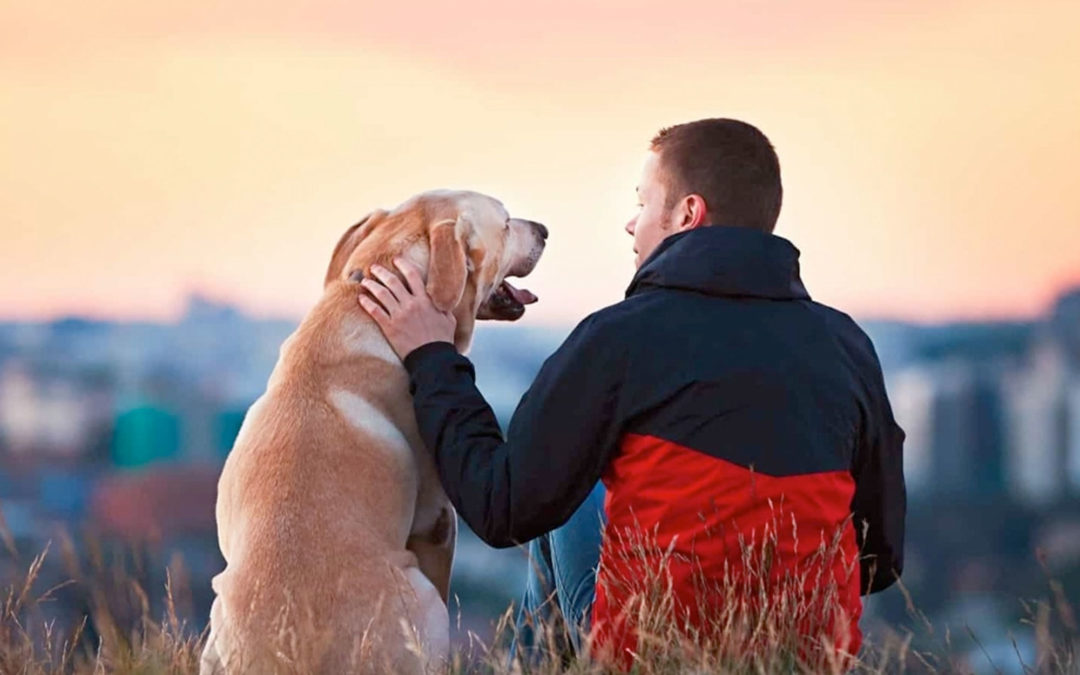while forecasts can have short shelf lives, being overtaken by unforeseen events, there’s no question that the U.S. economy and American households have been buffeted by COVID-19 shutdowns and illnesses, patches of job insecurity despite low unemployment rates and record price inflation only partially offset by wage increases. In addition, the Federal Reserve’s ongoing efforts to curb inflation through historic increases in its benchmark interest rates have thrown a curveball at stock market performance and real estate sales. Such factors have left the U.S. dollar problematically strong for global trade prosperity, and the U.S. economy problematically fitful for business investment or consumer spending.
These effects, including headline-making whitecollar layoffs in tech and other big business sectors, have had a chilling effect even among the more prosperous households who have historically and increasingly accounted for a disproportionate share of pet industry spending. That U.S. consumers are facing hard, belt-tightening and uncertain times, including in job and housing situations, has already made a dent in national pet ownership levels and pet care spending levels, and will likely continue doing so for the near future.
Demographics add to economics to affect dog ownership
In addition, some hard demographic facts conspire with these economic dynamics to mute near-term pet population growth, particularly on the canine side of the aisle. The Census Bureau projects a 0.66% compound annual growth rate (CAGR) for the national population between 2020 and 2030, reflecting only a partial correction of a population growth rate decline over the first decades of this century.
At the same time, as reported in Packaged Facts’ “U.S. Pet Market Outlook 2023,” MRI-Simmons data show that though Gen Z adults are pouring into the pet owner pool and millennials now account for the plurality of pet owners, attrition in pet ownership among the Gen X, boomer and pre-boomer generations is translating into incremental but steady decreases in the number of dog-owning households in particular. Over the 2016–2022 period, the number of dog-owning households fell by nearly 1.7 million (or 3%) from 51.9 million to 50.2 million.
The Census Bureau also projects that the white non-Hispanic population — by race/ethnicity, the group with the highest overall rates of pet ownership — to remain flat between 2016 and 2030, thereby dropping from 61% to 56% of the national total. Over this period, the sharpest population growth will be among Asian-Americans, a group with significantly lower pet ownership rates.
At the same time, the combination of continuing high prices for real estate and suddenly higher mortgage rates is taking some steam out of home-buying, a traditional trigger for adding a dog to the family circle. Household composition patterns, in turn, create additional headwinds for pet population growth. Pet ownership rates range higher among households with children at home and lower among oneperson households. Projections from Harvard’s Joint Center for Housing Studies show singles increasing in share of households from 35% in 2018 to 39% in 2028.
Even so, Packaged Facts projects pet ownership rates to stabilize for dogs by the end of the 2022–2026 forecast period, in tandem with a return to more favorable economic and consumer confidence conditions. An uptick in appreciation for cats and additional types of pets also bodes well for U.S. pet population returning to form.
Although pet population forms the natural bedrock of pet industry performance, it should also be noted that recent trends have loosened the relationship between pet population growth and pet market fortunes. Especially given the prevalence of senior dogs and cats, a singlefactor focus on pet population growth and new pet owners can mean looking at pet market opportunities with only one lens of the binoculars.

